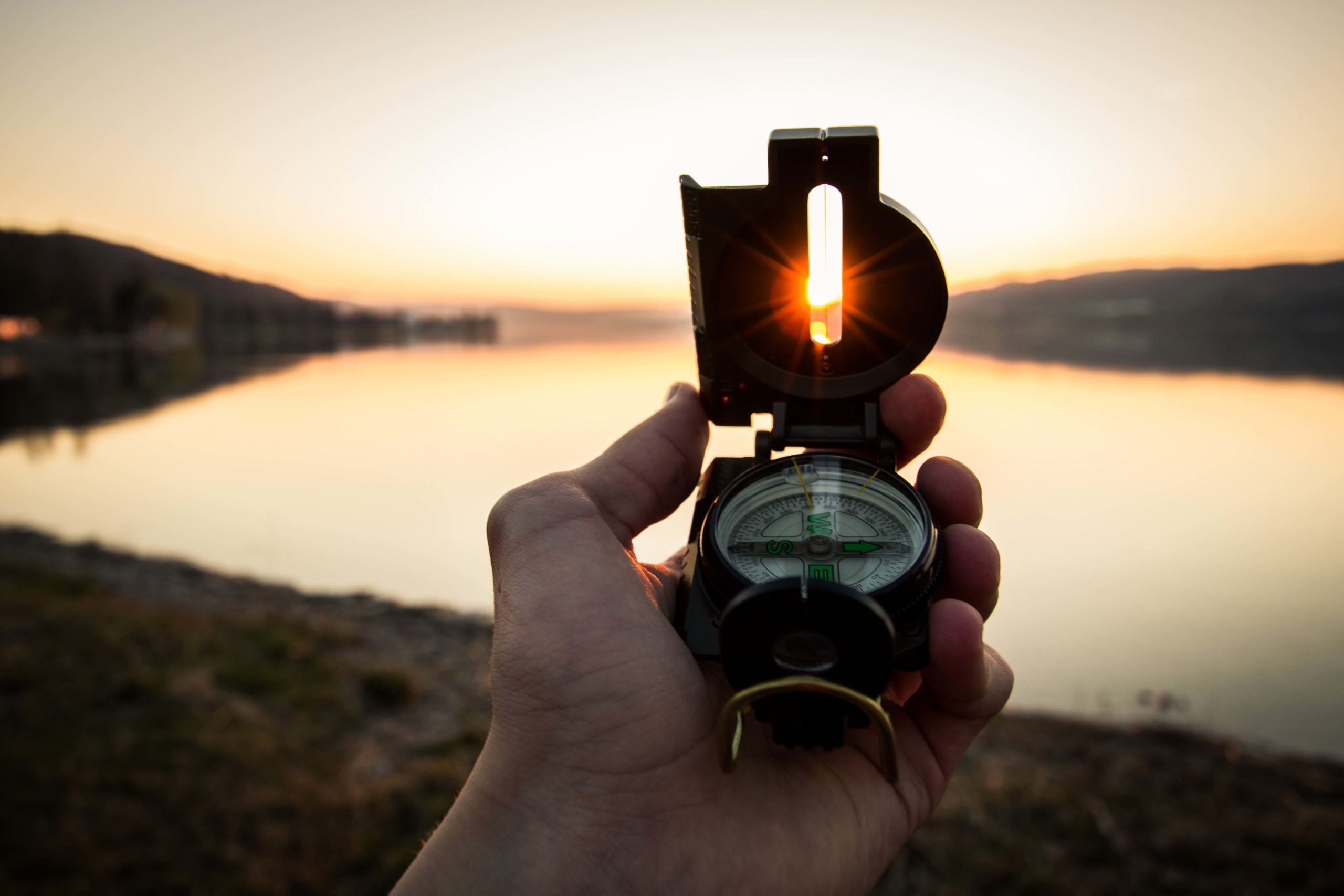GIS for Water Resources

Water is a crucial resource for all life on earth. Our water comes from many sources, including springs, mountain snow, ice, wells, rivers, and lakes. Managing our precious water resources is a top priority. Individuals, organisations, and governments worldwide have long proposed developing regulations to protect and regulate water resources.
Geographic information systems (GIS) have become an integral foundational piece for managing and monitoring our natural resources, field assets, risks, urban planning, etc. GIS is essential for water management and supports effective, efficient management and monitoring of one of our most valuable natural resources. Below are some of the ways GIS is used in water resource management.
1. Hydrologic Management
Water is constantly moving, changing state, pressure, and form. One application for GIS is using it to track water conditions, and hydrologists are among the biggest beneficiaries of geographic information systems.
Hydrogeology, a discipline that investigates and monitors groundwater in combination with its occurrence, storage, motion, and characteristics, is an excellent example of using GIS. Hydrologists can do several studies on water using well-engineered GIS.
GIS identifies the factors of water stored underground or on the surface, and characteristics of the water like whether it is in motion or stagnant. This information can be input into GIS as data and retrieved for future analysing by the geographical information system.
2. Storage and Management Resources
Geographic information systems keep records and data on all water sources, and all data gathered about water resources on the planet is stored on servers worldwide. Information gathered as a result of processing data collected by GIS is easily accessible and shareable to anyone with the help of GIS.
Large geospatial satellites that are externally launched and constantly moving and rotating near the earth’s atmosphere are integrated with GIS. They help with information dissemination and inter-continental data, and provide wireless access to anyone requesting geospatial data. Most geospatial information systems are connected to cloud base platforms, allowing geospatial centres worldwide to access all data on any GIS servers.
3. Analysis of Water Quality
Unfortunately, not all water on earth is safe for humans or animals to consume, and contaminated water can lead to extensive health issues. GIS aids in studies on drainage features, slope and land utilisation patterns which can contribute to whether or not the water in a specific area is safe to drink and use for cooking or bathing.
GIS can analyse large amounts of data, process sample data, store it and generate reports. Various industries like the utility or infrastructure sector, government, and environmental agencies can use these reports to make decisions, track water or health issues, and develop a long-term plan for water use and how to mitigate risk in the future.
4. Model Groundwater Flow and Patterns
Hydrologists strive to understand groundwater characteristics, behaviour and how to protect water catchment areas best. GIS helps to develop models and designs to help conserve and protect underground water and create responsible use of our water resources. A natural extension includes studies of soil properties and geographic features concerning water using GIS.
5. Managing Water Supply
Monitoring and managing our water resources is critical to all living things. With the help of GIS, water companies can monitor water supply pipes in real-time and detect leaks in system components that can be identified and fixed quickly.
Also, companies in the utility sector and other essential organisations can monitor all field assets to make intelligent decisions. Working with MGISS, a geospatial consultant, to develop customised geospatial software and training for your team is the best way to ensure your business gets the most out of GIS.
6. Management of Sewer Systems
Most human waste in developed countries goes through a wastewater treatment system and is transferred to other bodies of water. When there is a breakdown in managing the sewer system, it can lead to outbreaks of disease or illness.
GIS helps manage sewer systems more effectively and efficiently and can also help prevent accidental damage of wastewater pipes during construction of roads, buildings, houses and any kind of development.
7. Flood Disaster and Stormwater Management
During times of storms and flooding, it is very likely that water will accumulate in areas where people live, which can significantly increase the risk of rescue operations. GIS helps emergency rescue crews gather helpful information on a site before they go in to help make it as safe as possible.
GIS also allows the government and other organisations to track statistics on areas prone to flooding to develop an optimal plan for each location, including evacuation plans. You can also integrate GIS with weather forecasting systems to help with accurate predictions and decision-making. Satellite, aerial views and flooding simulation can be done using particular system components and tools that depend on geographical information systems.
MGISS Has the Expertise, Knowledge and Vision for Future-Proofing Your Business
MGISS is here to help transform the way your business runs, empowering every team member from the boardroom to the teams in the field. We specialise in partnering with service providers in the utilities and infrastructure industries and environmental organisations.
Contact us today, and we will help you find the best geospatial solution for your organisation.
About
Empowering your decision making with the asset data truth. Independently advising on the smarter use of Geospatial data, technology and the digital transformation of field operations.



